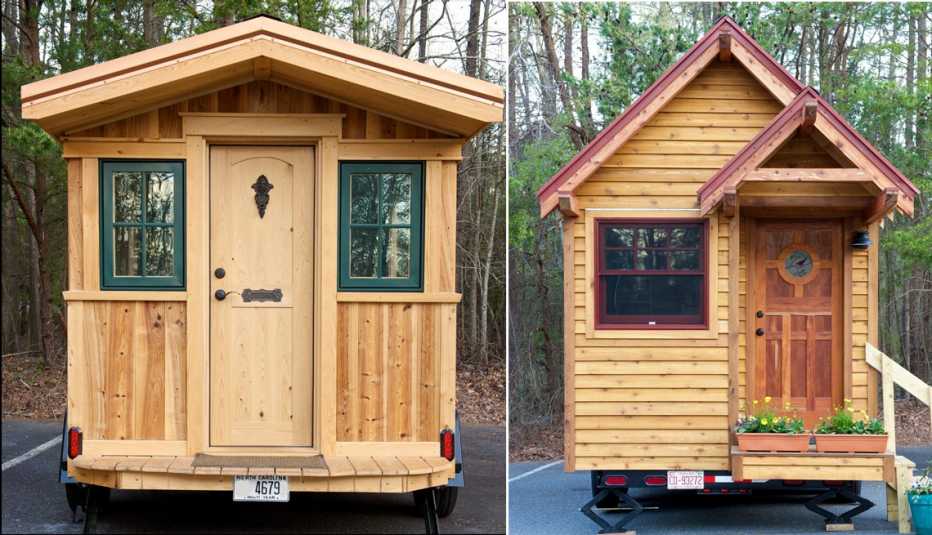AARP Hearing Center

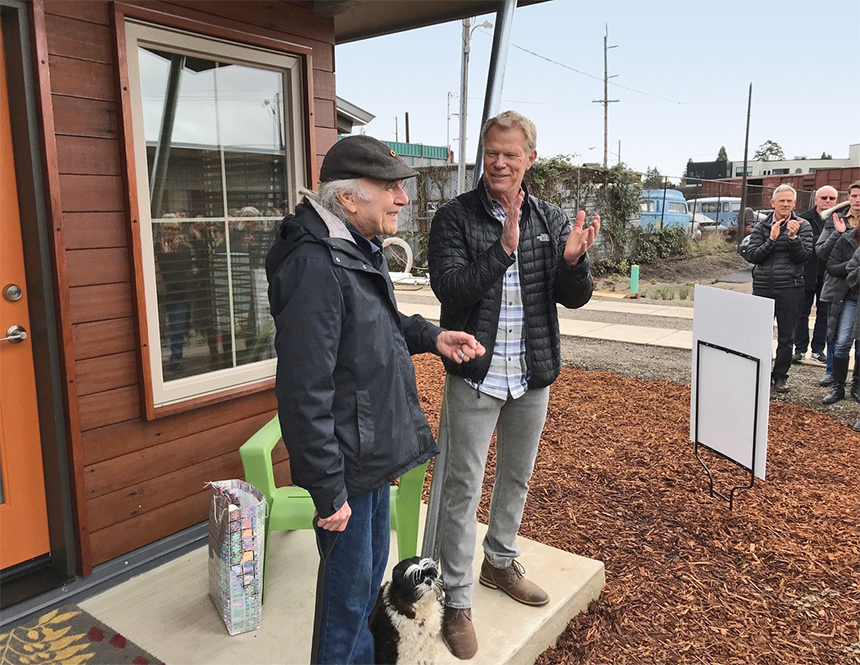
“There are so many people in our community that are called ‘working poor,’” says Dan Bryant, the executive director of SquareOne Villages, a nonprofit seeking to reduce homelessness in Eugene, Oregon. “The second half of that term is really unfortunate. It implies somehow that they’re less than the rest of society. What we see are hardworking people who are just poorly paid.”
SquareOne Villages creates “self-managed communities of cost-effective tiny homes for people in need of housing.” Many of those people work or have a source of income, but affordable housing in this college town of 200,000 is beyond reach.

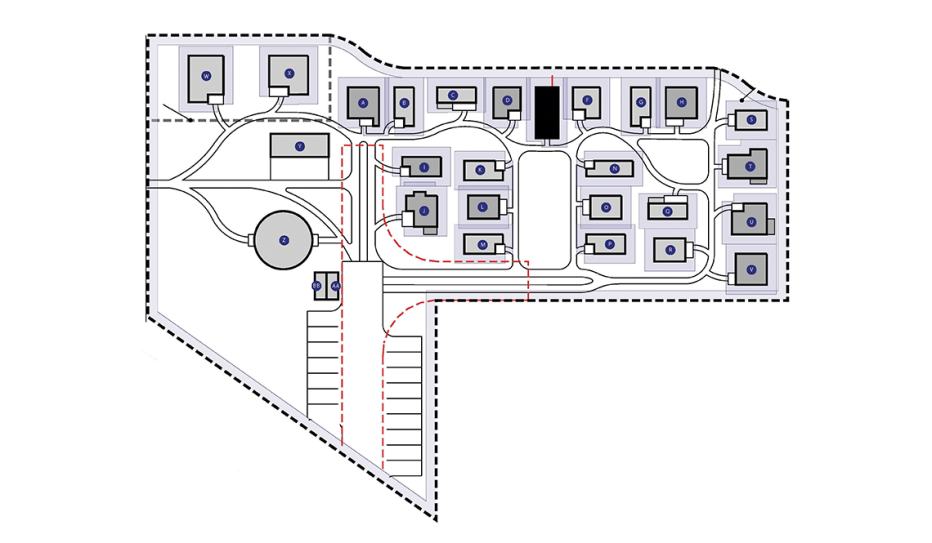

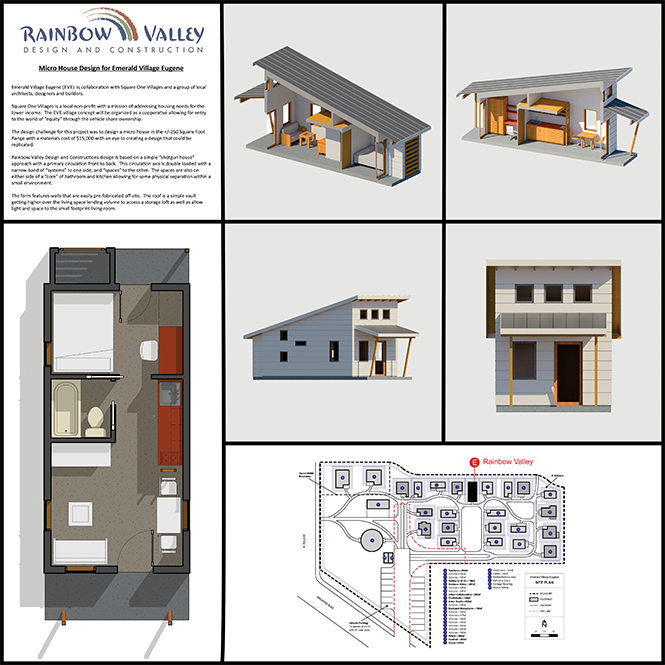
SquareOne’s first endeavor, Opportunity Village, opened in 2013 and is a very rustic “transitional” gated community with shared cooking, laundry and restroom facilities where, for $35 a month and some volunteer hours, “houseless people” receive their own cabin (albeit without heat, electricity or plumbing) in a secure and stable place.

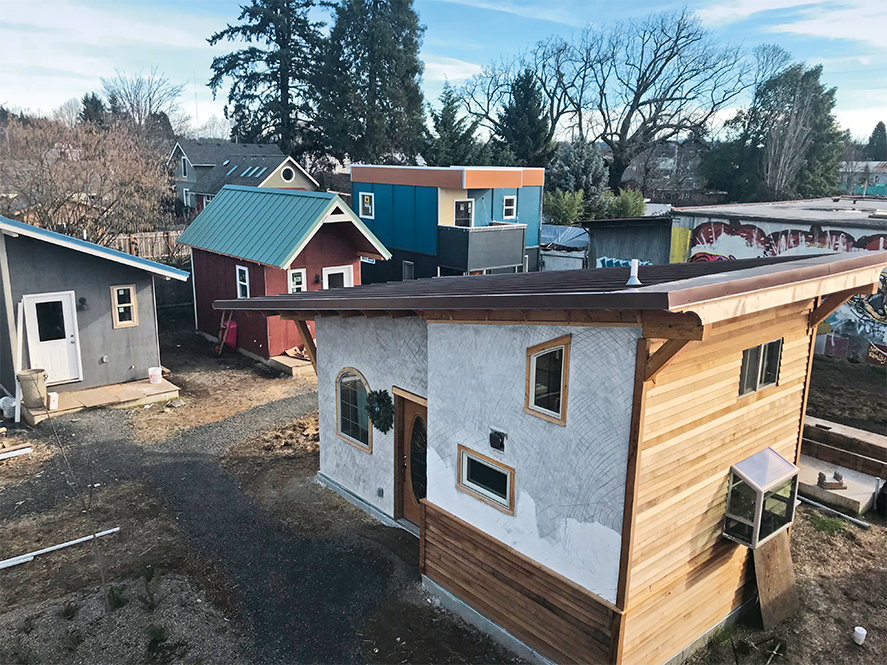
SquareOne’s second project, Emerald Village Eugene, is a permanent community on 1.1 acres in a walkable, transit-accessible neighborhood. The village can house up to 33 people in 22 tiny homes, each of which contains a kitchenette, bathroom and living/sleeping area. The homes are very tiny (160 to 300 square feet). But at $250 to $350 a month, including utilities, the rent is low enough for people living solely on Social Security or disability. Roughly 60 percent of Emerald Village’s residents are 55 or over.
Although they are renters, as members of a housing cooperative the residents will after a few years gain an equity share in the village. That means they’ll have a small asset (about $1,500) when or if they move out.
Adapted from the "Build Housing for All Ages" chapter of Where We Live: Communities for All Ages — 100+ Inspiring Examples from America’s Community Leaders (Book 3), a free publication by AARP.
Article published June 2018


























































